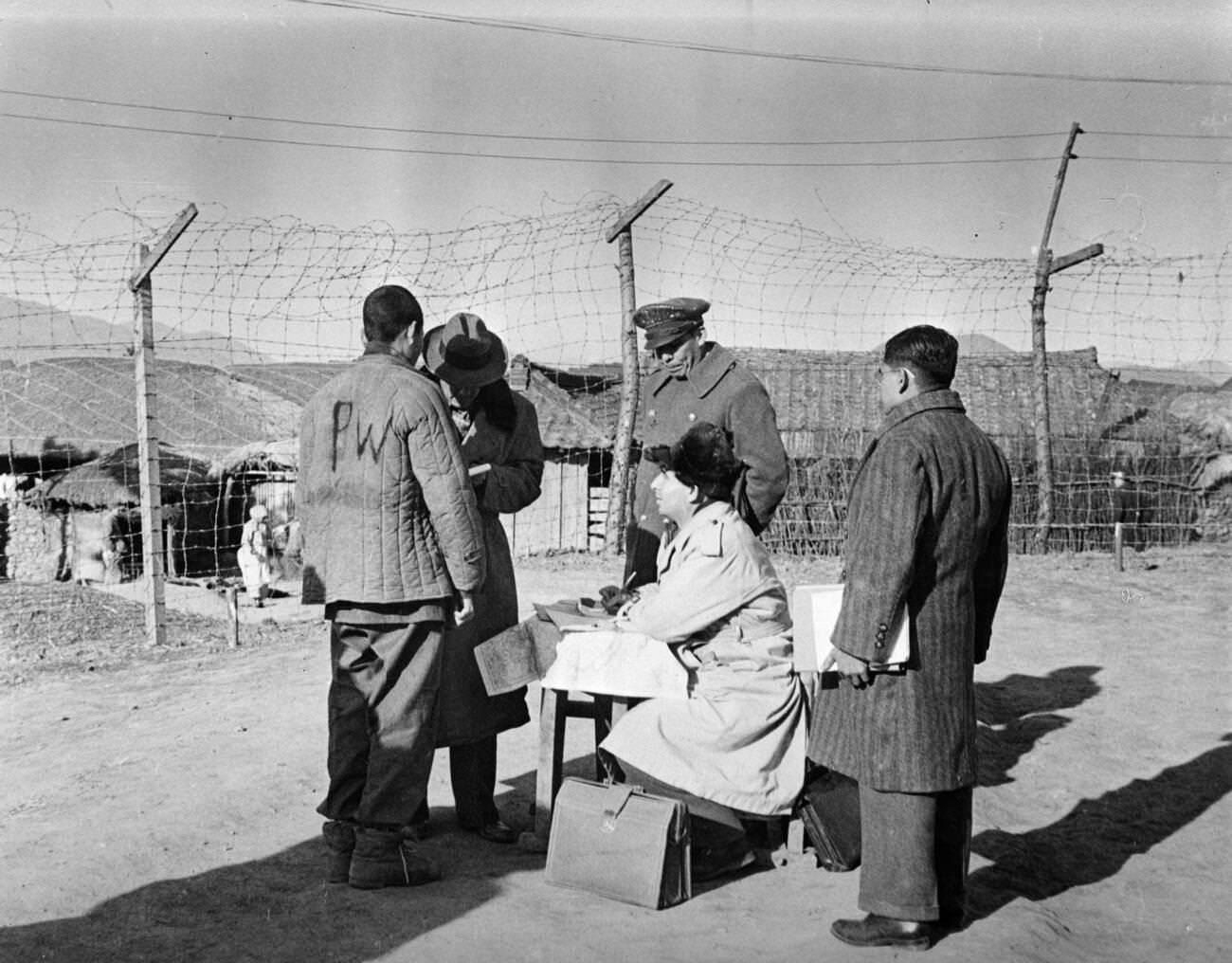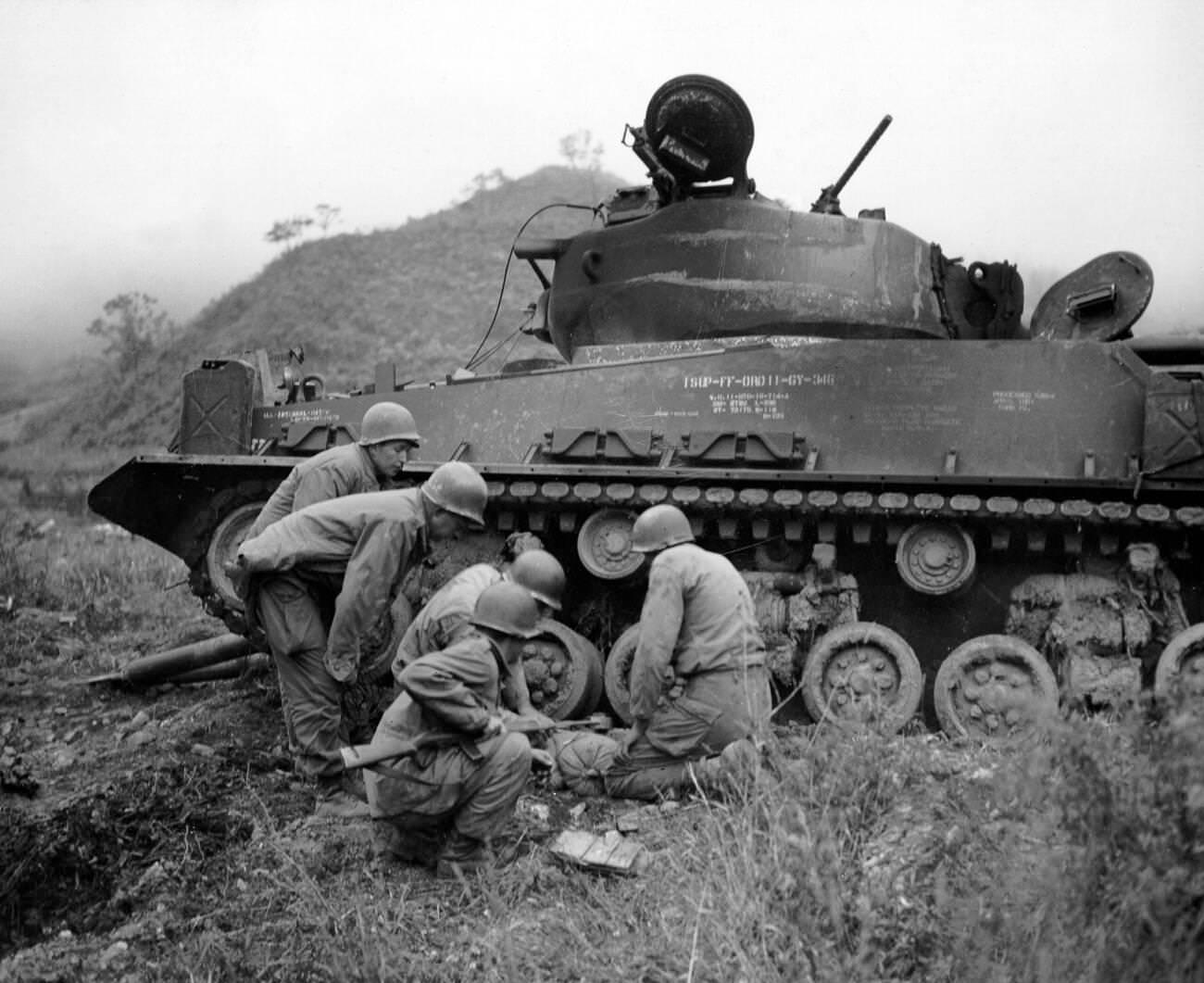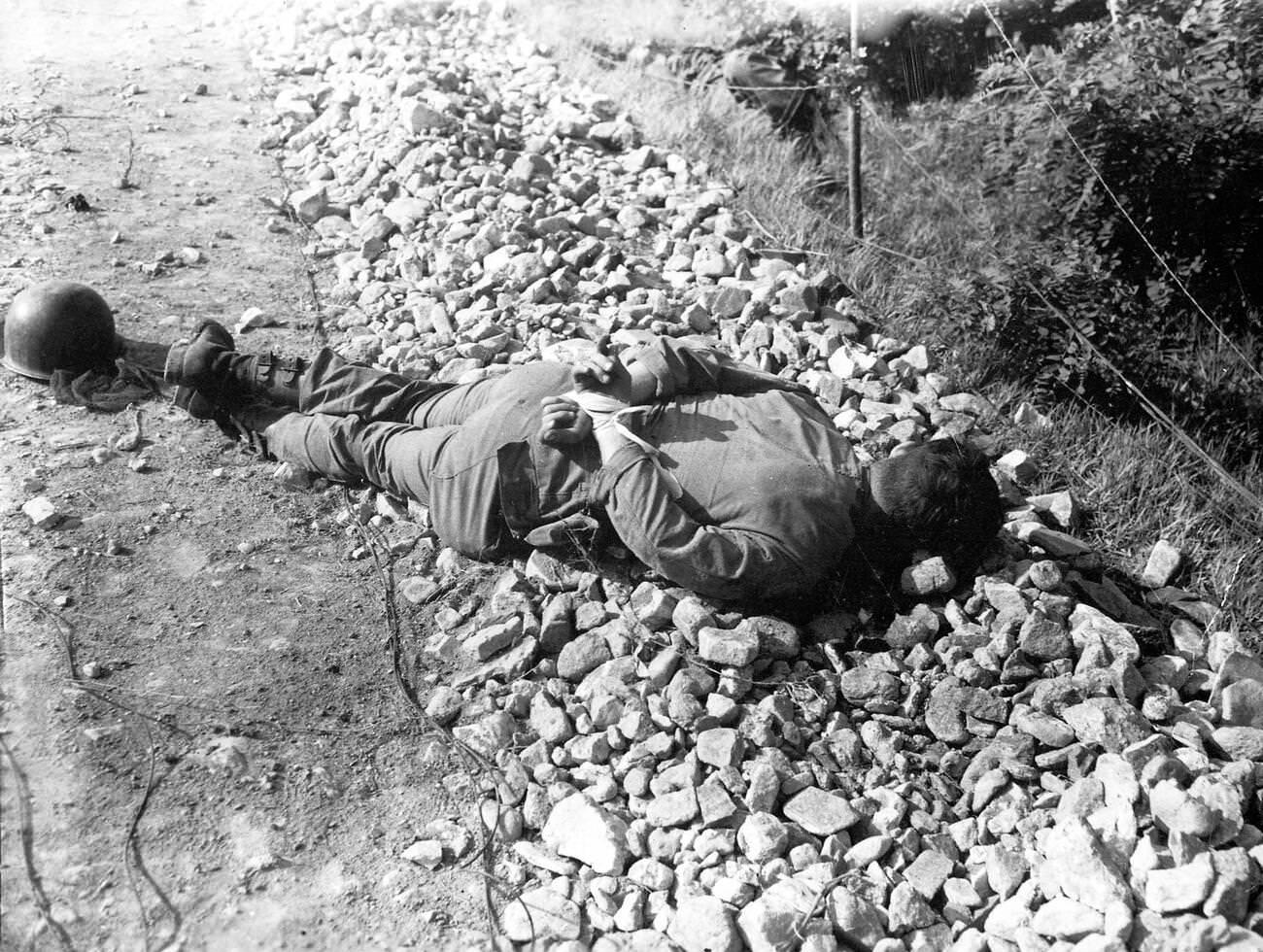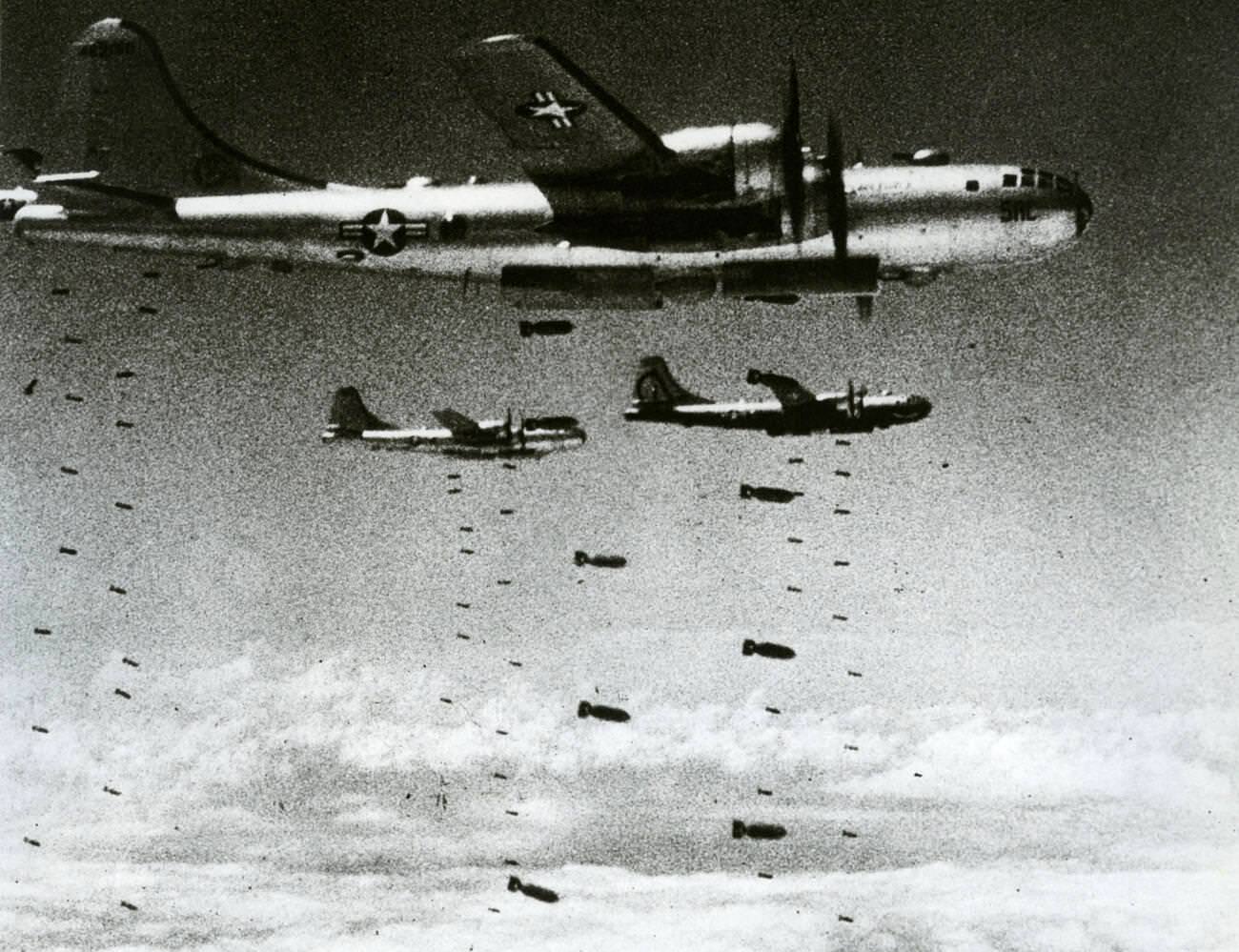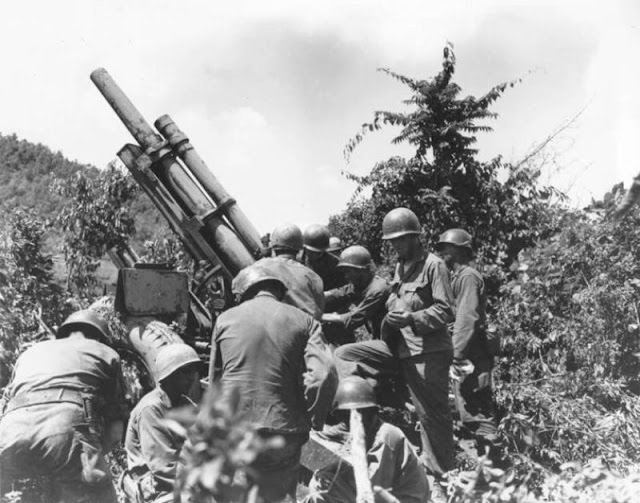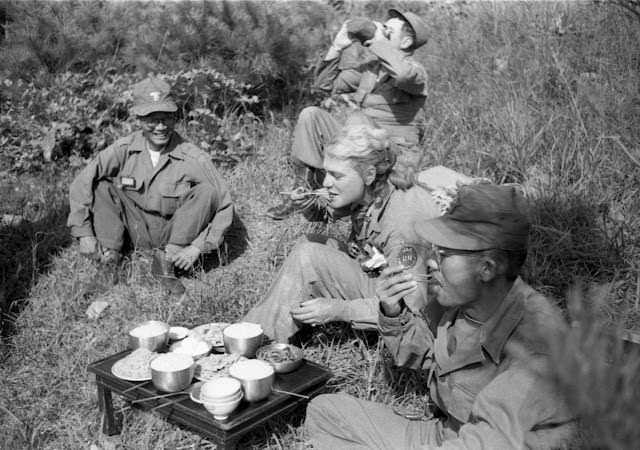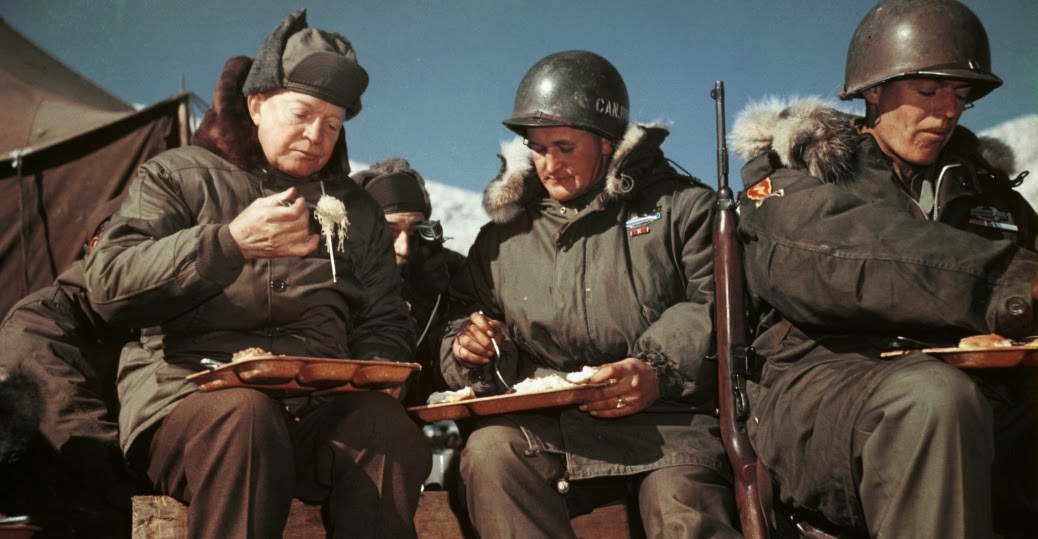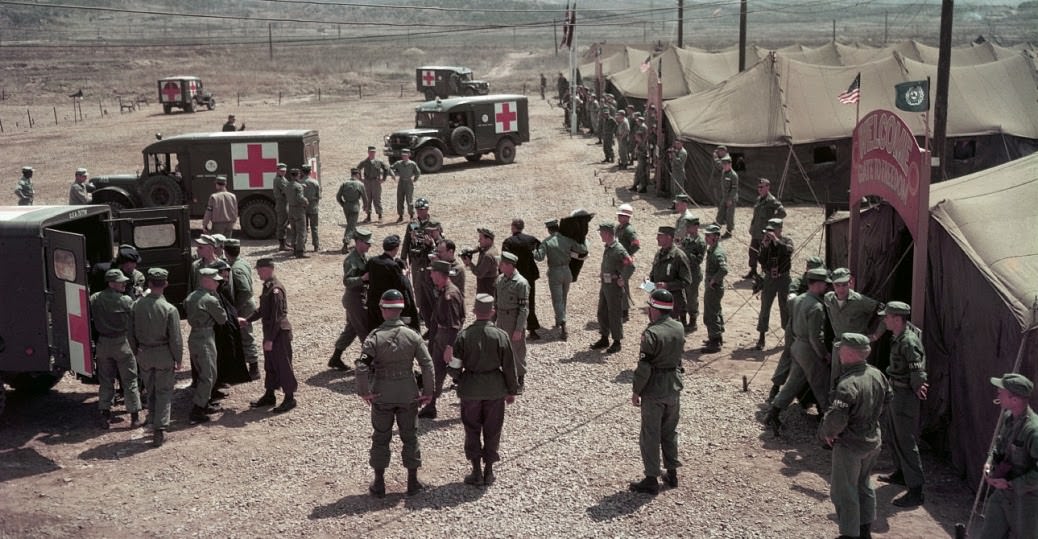The Korean War, which started on June 25, 1950, was a significant conflict between North Korea and South Korea. This war drew in many other countries and had a big impact on the world. To understand why this war happened, we need to go back to the events that led up to it.
The Road to War
At the end of World War II, Korea was freed from Japanese control. But instead of becoming a single, united country, Korea was split into two parts. The Soviet Union took control of the north, while the United States took control of the south. This division was supposed to be temporary, but it became permanent as both sides set up separate governments. The north became the Democratic People’s Republic of Korea (North Korea), led by Kim Il-sung, and the south became the Republic of Korea (South Korea), led by Syngman Rhee.
The leaders of both Koreas wanted to unite the country, but they had very different ideas about how to do it. North Korea wanted to spread communism, while South Korea wanted to keep its capitalist system. This difference in ideology created a lot of tension between the two sides. By 1950, this tension had reached a boiling point.
Read more
The Outbreak of War
On June 25, 1950, North Korean forces crossed the 38th parallel, the line that divided North and South Korea. This surprise attack caught South Korea off guard, and the North Korean army quickly captured Seoul, the capital of South Korea. The United Nations, led by the United States, decided to help South Korea. President Harry Truman believed that stopping the spread of communism was important, and he sent American troops to join the fight.
Major Battles and Turning Points
The early months of the war were tough for South Korea and its allies. North Korean troops pushed them all the way back to a small area around the city of Pusan. But in September 1950, General Douglas MacArthur led a daring counterattack. He landed troops at Inchon, a port city near Seoul. This move cut off many North Korean forces and helped the UN troops recapture Seoul.
After this victory, UN forces pushed north, crossing the 38th parallel and advancing into North Korea. They even reached the Yalu River, which is the border between North Korea and China. This alarmed China, which then entered the war on the side of North Korea. The Chinese army launched a massive counterattack in November 1950, pushing UN forces back into South Korea.
Stalemate and Armistice
The war then settled into a stalemate, with both sides fighting around the 38th parallel. There were many brutal battles, such as those at Pork Chop Hill and Heartbreak Ridge, but neither side could gain a decisive advantage. The fighting continued until July 27, 1953, when an armistice was signed. This agreement stopped the fighting but did not officially end the war. To this day, North and South Korea are still technically at war.
Casualties and Destruction
The Korean War was incredibly destructive. About 5 million people died during the war, including soldiers and civilians. South Korea suffered the most, with around 2.5 million casualties. North Korea also faced heavy losses, with about 1.5 million casualties. The United States lost over 36,000 soldiers, and other UN countries lost thousands more. China, which entered the war to support North Korea, lost an estimated 600,000 soldiers.
The war also caused massive destruction in both Koreas. Cities were bombed, homes were destroyed, and countless people were displaced. The Korean Peninsula was left in ruins, and both countries faced huge challenges in rebuilding after the war.
The Aftermath
After the armistice, Korea remained divided. The Demilitarized Zone (DMZ) was established as a buffer between the two countries. This area is heavily guarded and remains one of the most dangerous borders in the world. Both North and South Korea focused on rebuilding their countries in different ways.
South Korea, with the help of the United States and other allies, began to rebuild its economy. Over time, it became one of the world’s leading economies, known for its technology and manufacturing industries. South Korea also developed a democratic government, which has become more stable and prosperous over the years.
North Korea, on the other hand, remained isolated and continued to follow a strict communist system. The government, led by Kim Il-sung and later his descendants, maintained tight control over the country. North Korea’s economy struggled, and many of its people faced severe hardships, including food shortages.
The Global Impact
The Korean War had a big impact on the world. It was one of the first major conflicts of the Cold War, the period of tension between the United States and the Soviet Union. The war showed how the Cold War could turn into real, deadly conflicts. It also led to a significant increase in US military spending and a stronger focus on containing communism around the world.
The war also affected the United Nations. It was the first time that the UN had used military force to respond to an international crisis. This set a precedent for future UN actions, although not all of them were as successful or straightforward.
It showed the dangers of ideological conflicts and how quickly they could escalate into full-scale wars. It also highlighted the importance of international cooperation in addressing global conflicts. The involvement of the United Nations and the coalition of countries that supported South Korea demonstrated how nations could work together to respond to aggression.
The Korean War caused immense suffering for ordinary people, many of whom were caught in the crossfire. The destruction of homes and infrastructure, along with the loss of life, had long-lasting effects on both Koreas. This highlighted the need for better protection of civilians in wartime and the importance of humanitarian aid.
The Human Cost
The human cost of the Korean War cannot be overstated. Families were torn apart, with many never knowing the fate of their loved ones. The war created a generation of orphans and widows, and its psychological impact was profound. Soldiers who fought in the war, from all sides, carried the scars of their experiences for the rest of their lives. The war also left a lasting impact on Korean culture, influencing everything from literature to film, as people tried to make sense of the trauma they had endured.
Modern-Day Korea
Today, North and South Korea are very different places. South Korea is a vibrant democracy with a strong economy. It has become a global leader in technology, culture, and entertainment. Cities like Seoul are known for their modernity and innovation.
North Korea, in contrast, remains isolated and under strict authoritarian rule. Its people face significant challenges, including limited freedoms and economic difficulties. The government continues to focus on military power, and the country has developed nuclear weapons, which has led to tensions with other nations.










